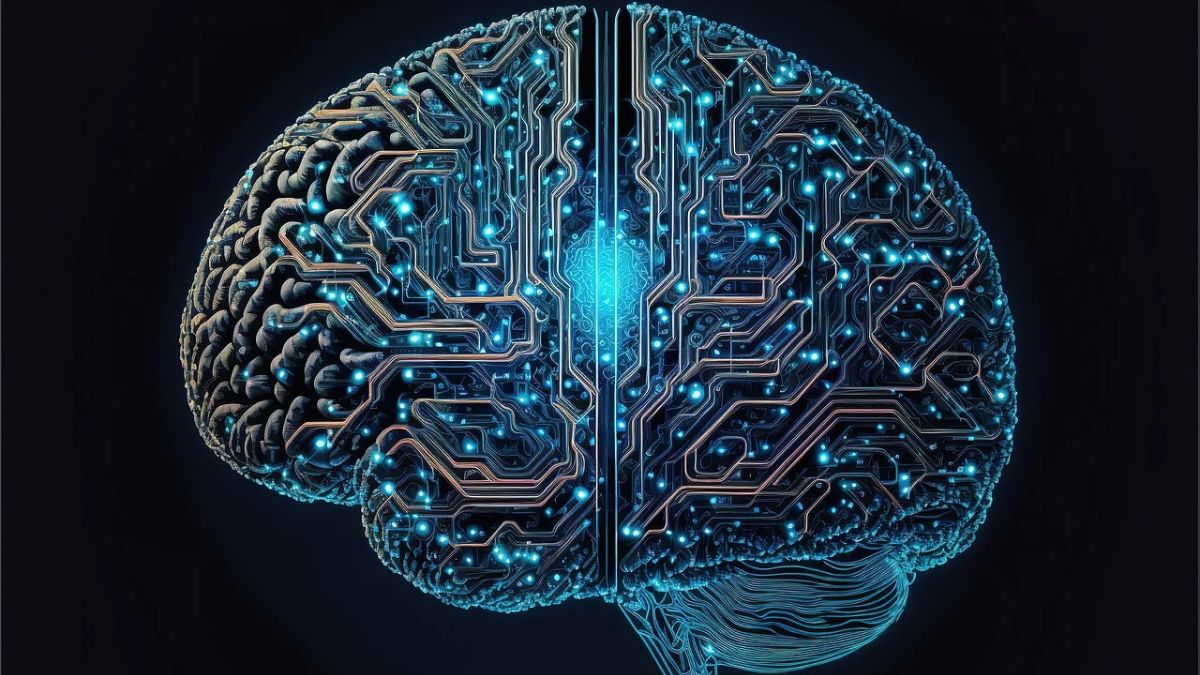In the realm of technological innovation, the convergence of neuroscience and computer science has given rise to one of the most intriguing fields of study: Brain-Computer Interfaces (BCIs). These cutting-edge interfaces facilitate direct communication between the human brain and external devices, paving the way for groundbreaking applications in healthcare, communication, and human augmentation. In this article, we explore the fascinating world of Brain-Computer Interfaces and the transformative potential they hold in merging minds with machines.
Understanding Brain-Computer Interfaces
Definition
Brain-Computer Interfaces, often referred to as BCIs or neural interfaces, are systems that establish a direct communication pathway between the brain and an external device, such as a computer or prosthetic limb. This interface enables the translation of neural signals into actionable commands, creating a seamless interaction between the human brain and technology.
How BCIs Work
BCIs function by detecting, interpreting, and translating neural activity into commands that can be understood by external devices. This is achieved through a variety of technologies, including electroencephalography (EEG), implanted electrodes, and functional magnetic resonance imaging (fMRI). These technologies capture and interpret the electrical impulses and patterns generated by the brain.
Applications of Brain-Computer Interfaces
Medical Advancements
Neurorehabilitation
BCIs offer new hope for individuals with paralysis or motor impairments. By decoding neural signals, BCIs can control robotic exoskeletons or prosthetic limbs, restoring mobility and independence to those with physical disabilities.
Treatment for Neurological Disorders
In the field of neurology, BCIs are being explored as potential therapeutic tools for conditions such as Parkinson’s disease, epilepsy, and even depression. These interfaces could modulate neural activity to alleviate symptoms and improve the quality of life for patients.
Communication Enhancement
Assistive Communication Devices
For individuals with severe communication disorders, BCIs provide a lifeline. By translating neural signals associated with speech or intended movements, these interfaces enable users to communicate through text, generate synthetic speech, or control communication devices.
Augmented Reality (AR) and Virtual Reality (VR)
BCIs are making strides in enhancing immersive experiences in AR and VR environments. Users can manipulate virtual objects or navigate virtual spaces using their thoughts, opening up new possibilities in gaming, education, and simulation training.

Cognitive Enhancement
Brain-Computer Interfaces for Learning
In educational settings, BCIs are being explored as tools for cognitive enhancement. These interfaces can adapt learning materials based on the user’s cognitive state, providing personalized and optimized learning experiences.
Memory Augmentation
Researchers are investigating the potential of BCIs to enhance memory functions. By interfacing with the brain’s memory centers, these technologies could improve memory recall and storage, with implications for both therapeutic and cognitive enhancement purposes.
Future Possibilities
Mind-Controlled Devices
The realm of mind-controlled devices is evolving rapidly. From smart home appliances to robotic devices, BCIs hold the potential to enable direct control using neural commands, ushering in an era where our thoughts can interact seamlessly with the surrounding technological environment.
Brain-Computer Interface Gaming
The gaming industry is exploring the integration of BCIs to create more immersive and responsive gaming experiences. Imagine controlling characters or elements in a game purely through your thoughts, adding a layer of realism and engagement.
Challenges and Ethical Considerations
Technical Hurdles
Signal Accuracy and Precision
Achieving high levels of accuracy and precision in decoding neural signals remains a challenge. Signal noise, variability among individuals, and the need for real-time processing are ongoing technical hurdles that researchers are actively addressing.
Invasive vs. Non-Invasive Approaches
Invasive BCIs, which involve surgically implanted electrodes, offer greater precision but come with associated risks and ethical considerations. Non-invasive methods, while safer, may sacrifice some degree of accuracy.
Privacy and Security Concerns
Mind-Reading and Privacy
The ability of BCIs to decode thoughts raises concerns about privacy. The idea of a device capable of “mind-reading” prompts ethical discussions regarding consent, data security, and the potential misuse of sensitive information.
Neurosecurity
As BCIs become more prevalent, the need for neurosecurity—protecting the integrity and privacy of neural data—becomes paramount. Safeguarding against unauthorized access or manipulation of neural signals is a critical consideration.
Ethical Implications
Autonomy and Identity
The integration of BCIs raises questions about individual autonomy and identity. The potential to enhance cognitive abilities or control external devices through thought sparks debates about the ethical boundaries of human augmentation.
Equity and Access
Ensuring equitable access to BCIs and addressing potential disparities in their deployment is a critical ethical consideration. Striking a balance to prevent the exacerbation of existing social inequalities is essential.
A Glimpse into the Future of Human-Machine Integration
Brain-Computer Interfaces represent a frontier where the realms of neuroscience and technology intersect, promising transformative possibilities for human-machine integration. While technical challenges and ethical considerations must be navigated, the potential benefits, from medical breakthroughs to enhanced cognitive capabilities, paint a compelling picture of a future where our thoughts seamlessly interact with the digital world.
As research progresses and innovations unfold, the landscape of BCIs continues to evolve. Whether unlocking the potential for neurorehabilitation, revolutionizing communication, or augmenting cognitive functions, Brain-Computer Interfaces stand at the forefront of the neurotech revolution, offering a glimpse into a future where the boundaries between mind and machine blur, opening doors to unprecedented opportunities and challenges alike.










